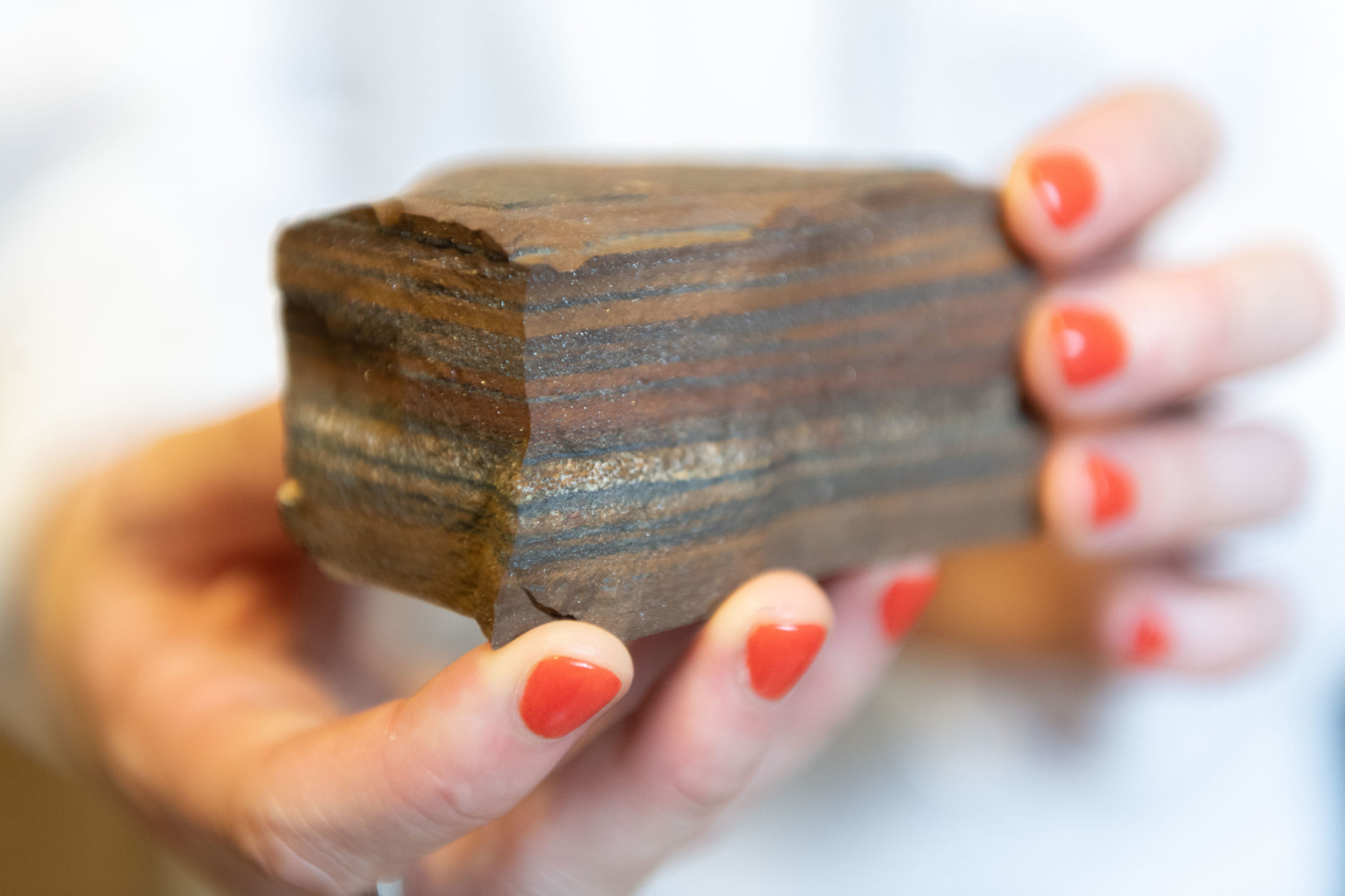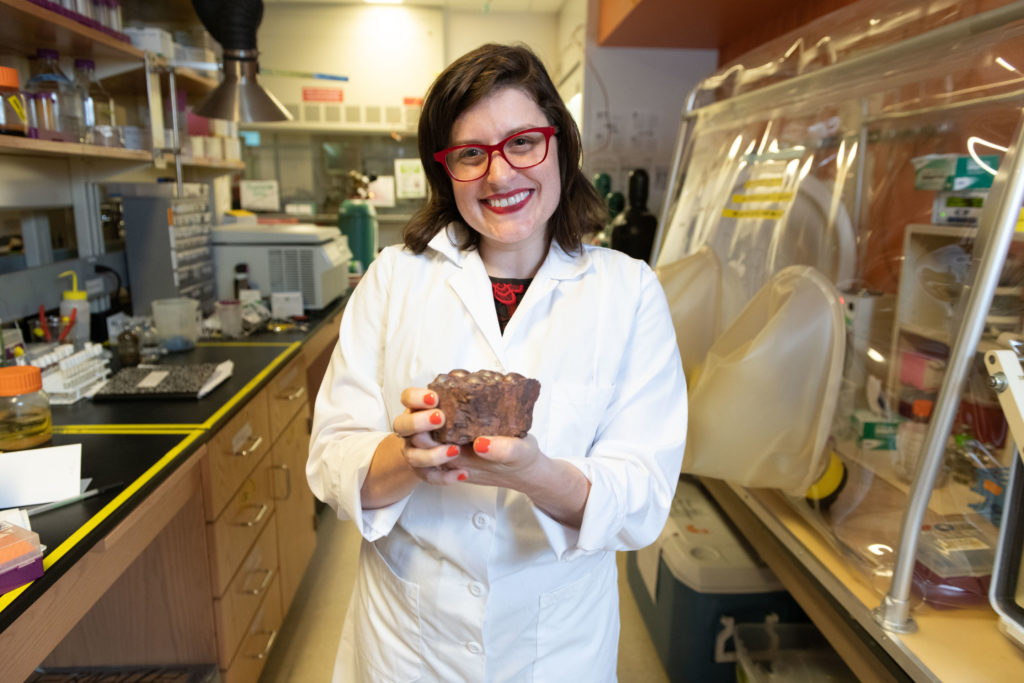‘Funny’ Chemistry in the Proterozoic Eon Kept Earth Warm All Thanks to Laughing Gas

Over an eon ago, when the Sun was dimmer, Earth kept warm with the help of the strong greenhouse gas effect, according to a geoscience theory. For decades, researchers have been looking for the composition of the atmospheric gases that kept Earth warm.
Georgia Institute of Technology researchers found out that the laughing gas – nitrous oxide, might have been a significant element in making the planet a cozy place.
There is already a hypothesis that nitrous oxide (N2O) was part of the ancient atmosphere, as it is a powerful greenhouse gas. So the team started experimenting and used atmospheric computer modeling to discover that the hypothesis was correct. Previous research shows that the Earth had a high level of carbon dioxide, but it wouldn’t be able to keep the entire planet warm without some help from the N2O.
Assistant professor at Georgia Tech Jennifer Glass and Chloe Stanton, a graduate research assistant at Pennsylvania State University worked together at the study, which was funded by NASA Astrobiology Institute. They published their findings this week in the journal Geobiology.
The Proterozoic Eon – the Not So ‘Boring Billion’
Stanton, who is also the first author of the study explains that the Proterozoic Eon was almost 1.8 to 0.8 billion years ago, and scientists refer to it as a ‘boring billion’ “because we classically think of it as a very stable period.” However, she adds that “there were many important processes affecting ocean and atmospheric chemistry during this time.”
Glass, the principal investigator of the study explains that the ocean had different chemistry in that period:
“Oxygen was low in Proterozoic oceans, so they were filled with ferrous iron, which is highly reactive.”
The mid-Proterozoic ocean was abundant in soluble ferrous iron (Fe2+) deep in the waters that had no oxygen. In their lab experiments, Stanton discovered that Fe2+ from seawater reacts with nitric oxide in a process they call chemodenitrification – which makes nitrous oxide to rise into the atmosphere.
Using the atmospheric model and data from experiments, Stanton discovered that, if in mid-Proterozoic oxygen was 10% of the today’s concentration, the nitrous oxide level would have been ten times higher than today’s levels.
This means that high nitrous oxide levels boosted the temperature on Earth under the faint light from the young Sun.
Fun-Fact: Ancient Life Breathed Nitrous Oxide
Today, some microbes use nitrous oxide when the oxygen level is too low. Previous studies show that there are many similarities between the enzymes of the microbes that breathed nitric and nitrous oxides and the ones that breathed oxygen – the latter being the evolved form of the former.
Glass admits that there is a possibility “that life was breathing laughing gas long before it began breathing oxygen. Chemodenitrification might have supplied microbes with a steady source of it.”

0 comments